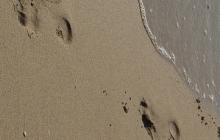GlusterFS is a distributed network filesystem. It acts as a file system which can be attached to a server for storage like any other, but using network sockets it can be configured in a variety of ways to distribute the files across a number of disparate servers simultaneously and in a fashion which is transparent to users.
It can be deployed to replicate the same data across multiple servers (sort of like RAID mirroring), or bring together the free space of...








